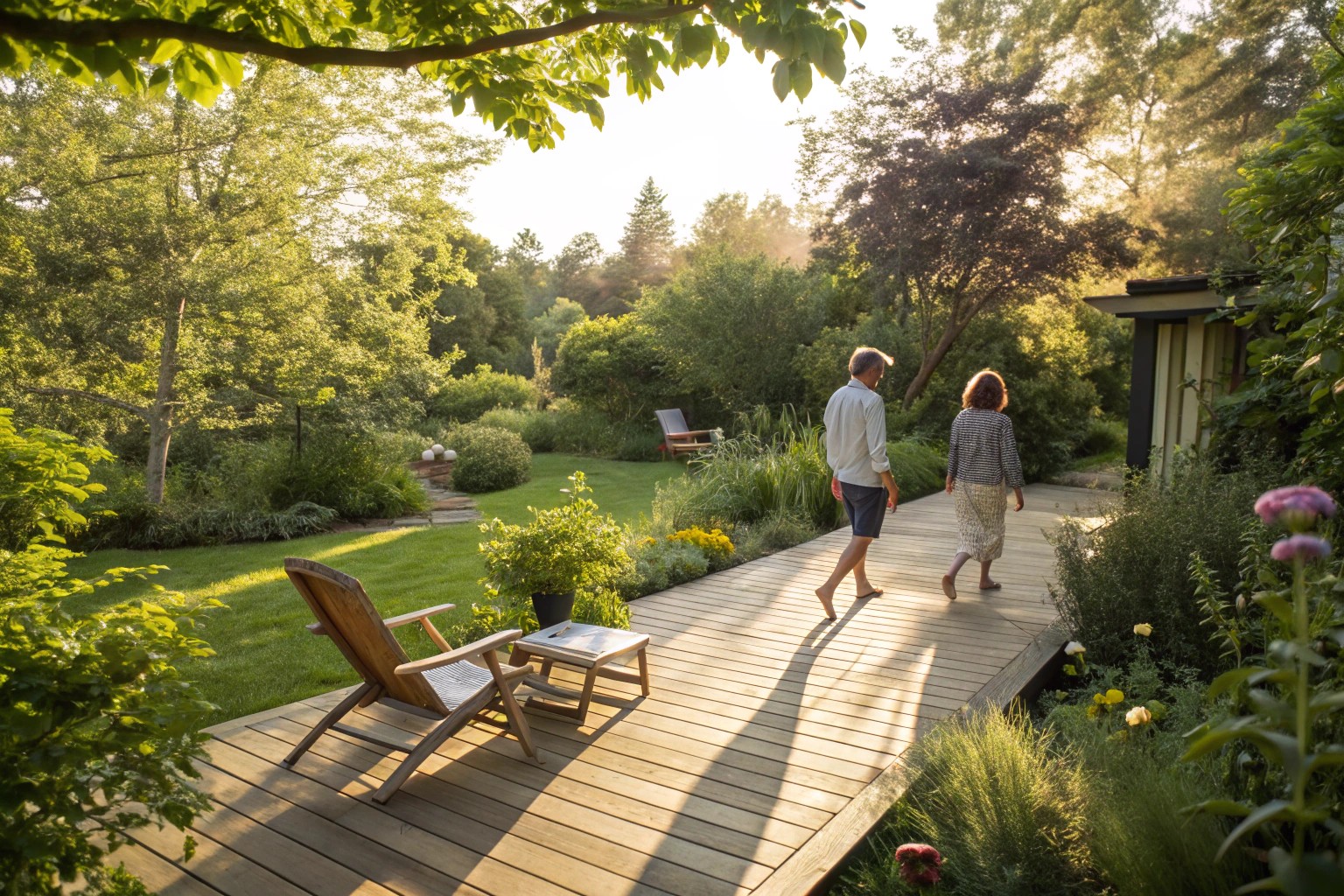After spending 15 years designing outdoor spaces, I’ve found that nothing makes clients happier than being able to step outside barefoot without wincing. Creating comfortable, barefoot-friendly outdoor surfaces isn’t just about aesthetics—it’s about transforming how people experience their outdoor living spaces year-round.
Understanding What Makes a Surface Barefoot-Friendly
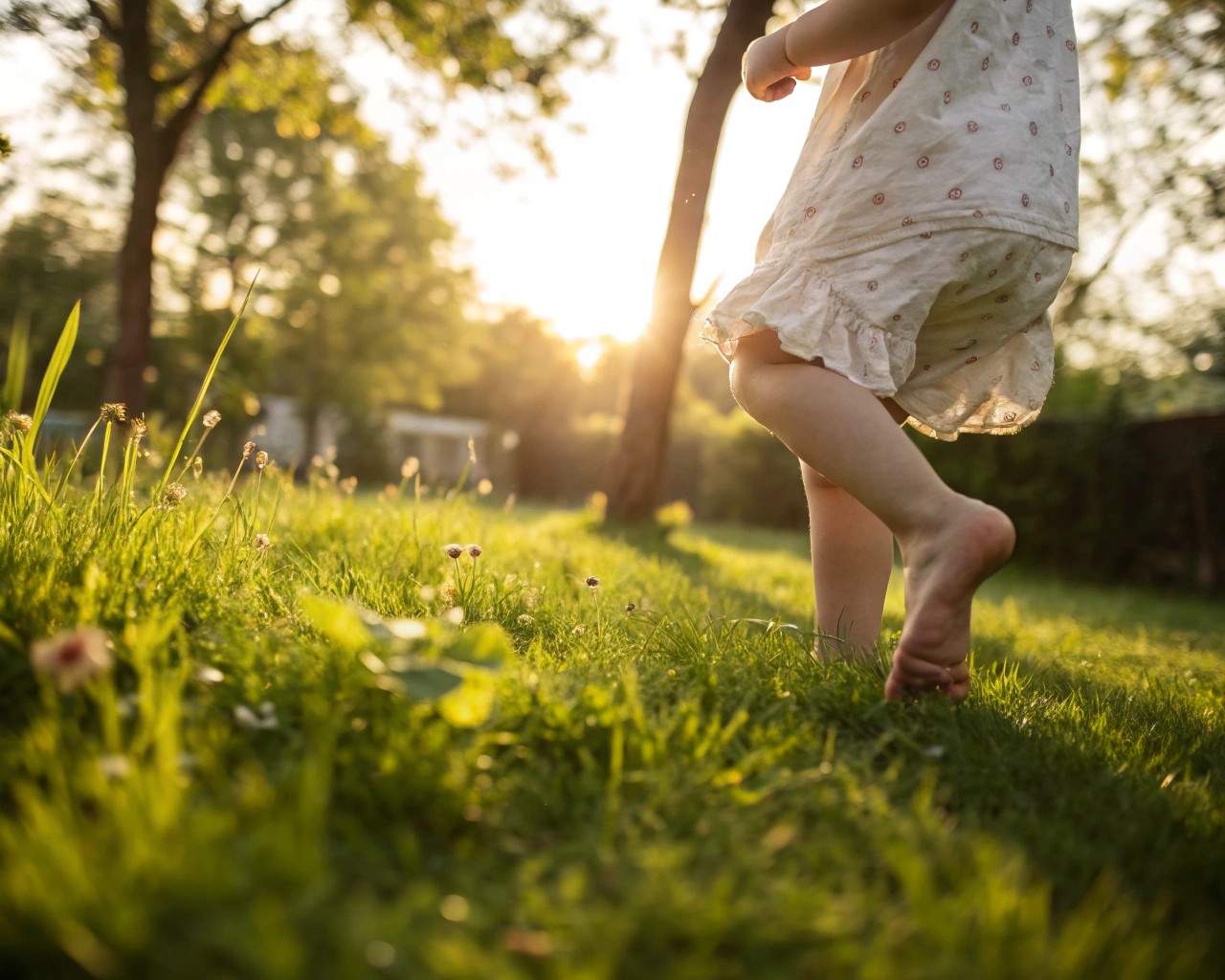
Barefoot comfort depends on several key factors that we must consider when designing outdoor spaces:
- Heat absorption: How hot the surface gets in direct sunlight
- Texture: Smoothness without being slippery
- Resilience: Softness underfoot without being unstable
- Safety: Free from splinters, sharp edges, or tripping hazards
Traditional wood decking, while beautiful, often fails in these areas. Wood can splinter, become slippery when wet, and darker stains can make it uncomfortably hot during summer months. Standard composite decking can reach temperatures 34° to 76°F hotter than the surrounding air—on an 80° day, that could mean surface temperatures exceeding 150°F.
Natural Barefoot-Friendly Surfaces
Lush, Healthy Lawns
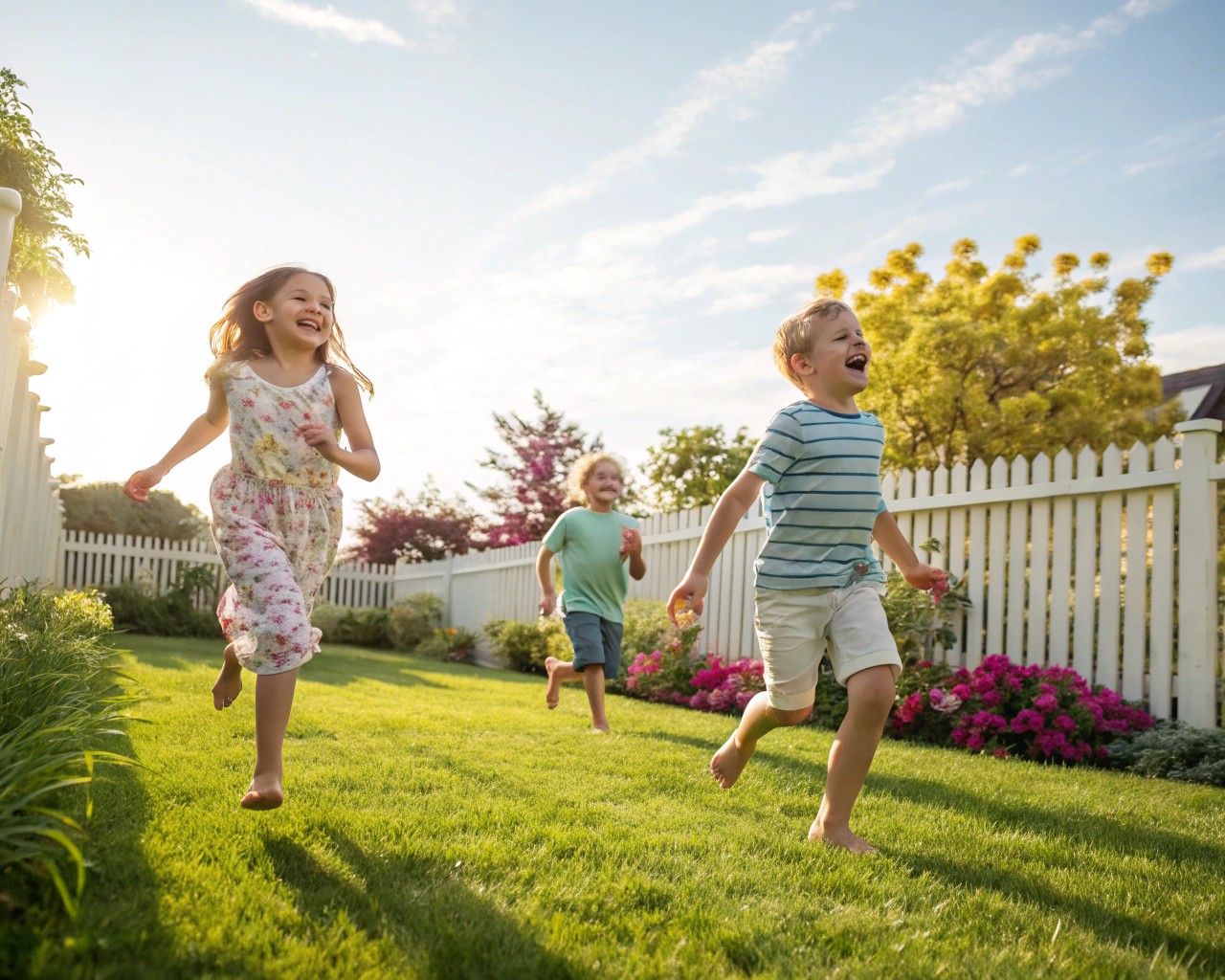
Nothing beats the feel of cool grass underfoot. One client in Minnesota transformed their backyard into a barefoot paradise simply by improving their lawn care routine:
- Plant quality grass seed in bare spots
- Remove rocks and debris from soil
- Establish regular fertilization schedule
- Implement proper watering routines
- Patrol regularly for sticks and debris
“The transformation was remarkable,” the client told me. “We went from avoiding our yard to spending evenings walking barefoot through the grass.”
Bark Chippings
For clients seeking budget-friendly options with natural appeal, bark chippings offer excellent value:
- Quick and easy to install
- Relatively inexpensive ($10-15 per bag covering 4m²)
- Soft and comfortable underfoot
- Environmentally friendly
The downside? They require regular maintenance as wind and foot traffic will disturb them, and they take time to dry out after rain.
Self-Binding Gravel
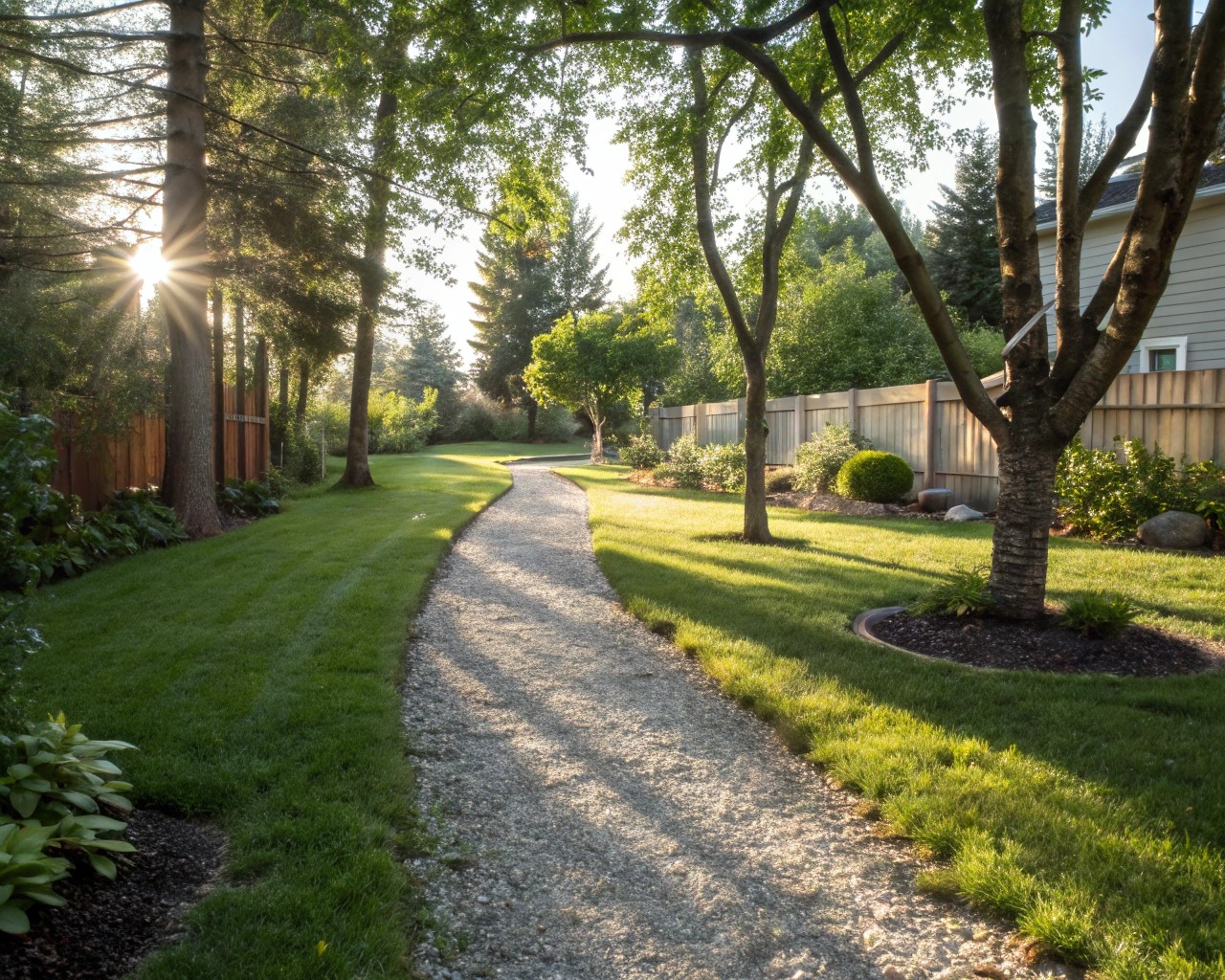
When I suggested self-binding gravel to a client with a sloped yard, they were skeptical—until they felt it underfoot. This material combines smaller gravel with sand and clay particles to create a naturally compacted surface that’s surprisingly comfortable:
- Creates a solid, stable surface
- Offers a natural appearance
- More comfortable than standard gravel
- Good drainage properties
Manufactured Barefoot-Friendly Alternatives
PVC Decking with Cooling Technology
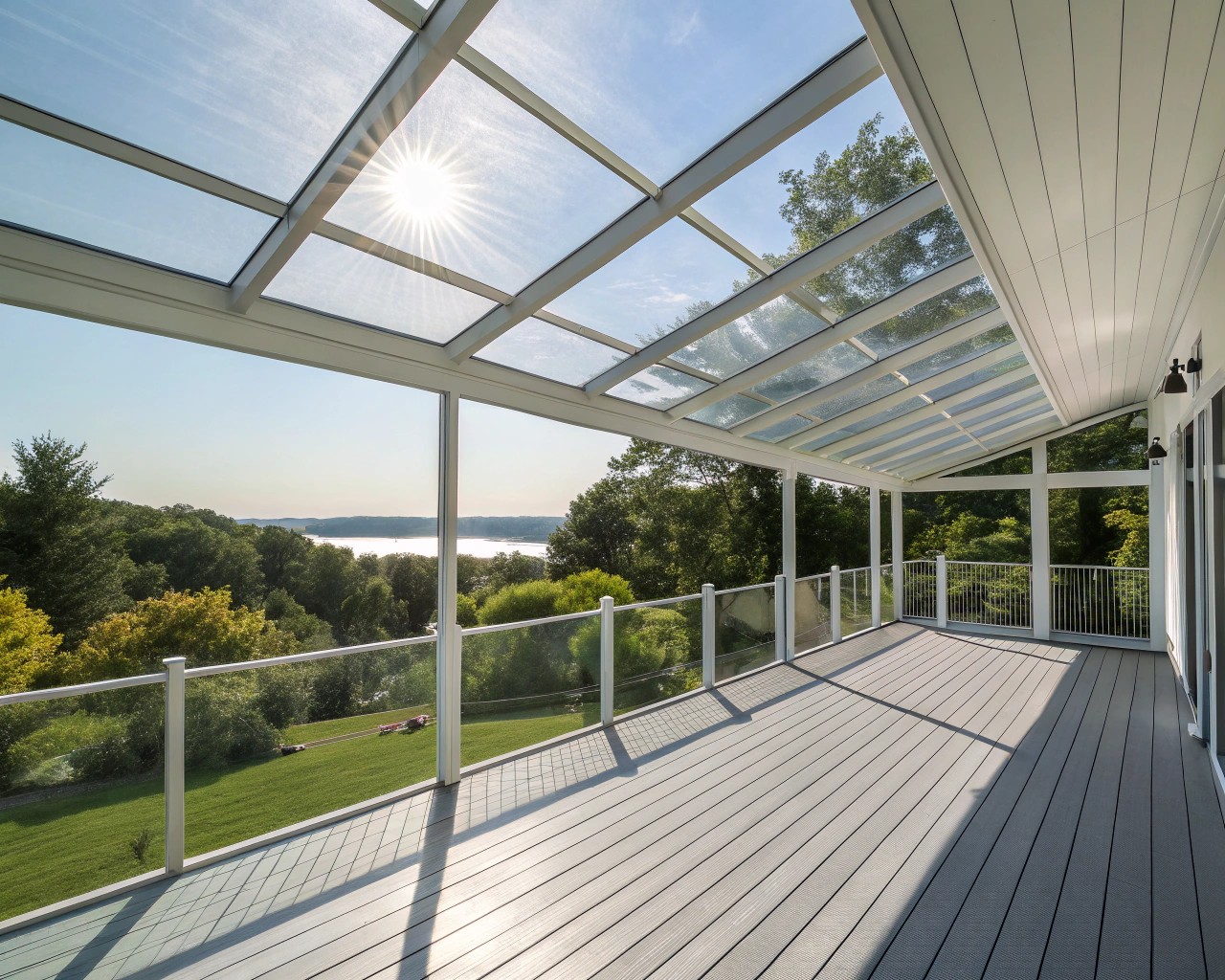
The technology behind barefoot-friendly decking has advanced dramatically in recent years. TimberTech’s AZEK line features advanced PVC decking that:
- Stays up to 30° cooler to the touch
- Offers 40% better traction when wet or dry
- Won’t splinter like traditional wood
- Requires minimal maintenance
“I’ve installed dozens of these decks,” I tell clients, “and the difference is immediately noticeable when you walk barefoot on them, even in direct sunlight.”
Composite Decking with CoolDeck® Technology
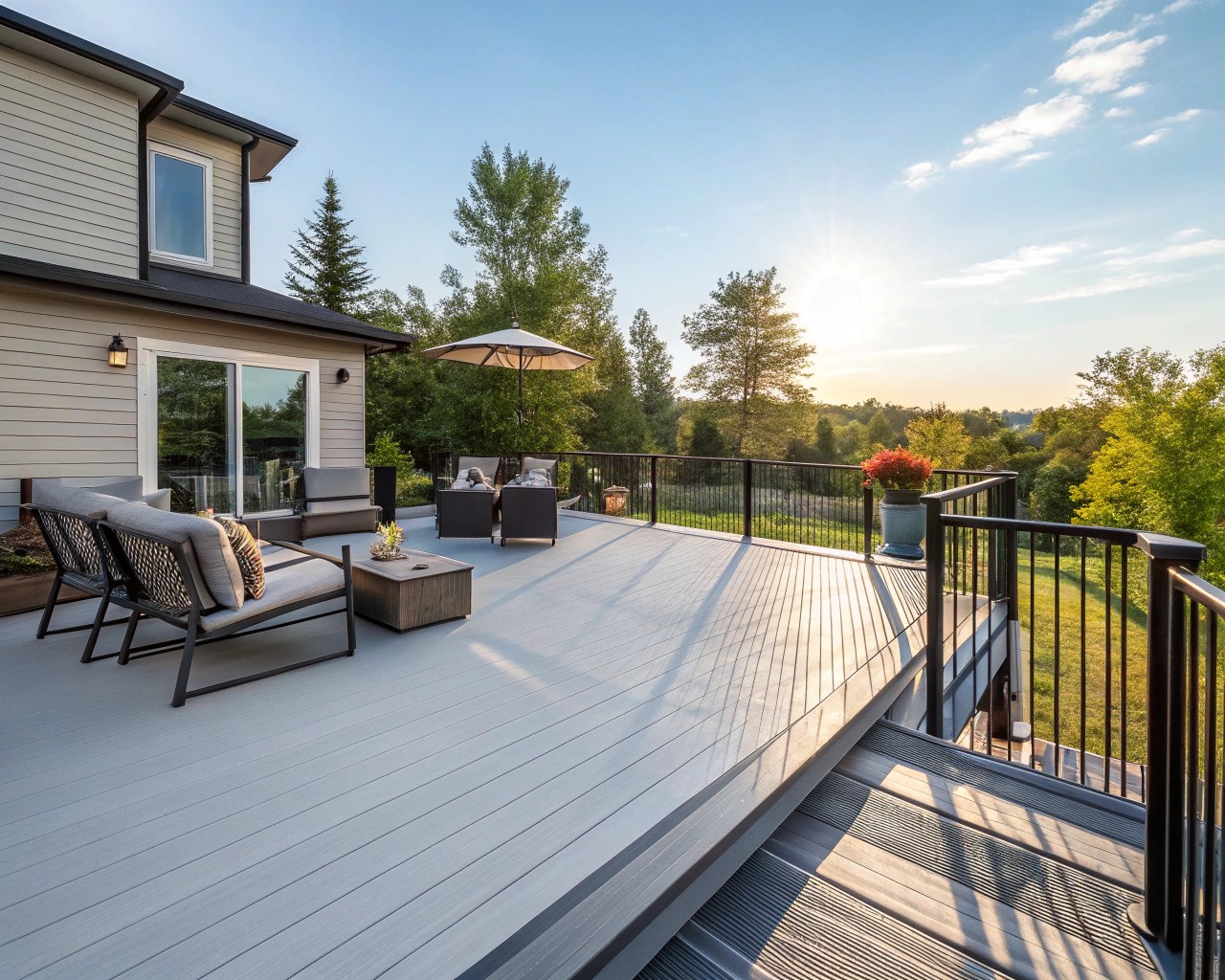
For clients unwilling to give up the look of wood but concerned about heat, MoistureShield’s innovative CoolDeck® Technology reduces heat absorption by up to 35% compared to standard composites.
A client in North Carolina who installed this on their pool deck shared: “Even when temperatures hit the 90s, we can still walk comfortably around the pool without sandals.”
Key features include:
- Reduced heat absorption
- Splinter-free surface
- Slip resistance
- Suitable for installation near water
Modified Wood Options
Accoya wood represents one of my favorite recommendations for clients seeking the natural beauty of wood without compromise. This modified wood option:
- Stays cooler in hot conditions
- Resists cupping and splintering
- Is non-toxic and 100% recyclable
- Offers industry-leading warranties
Comparison Table: Barefoot-Friendly Surface Options
| Surface Type | Initial Cost | Heat Resistance | Maintenance Level | Durability | Installation Difficulty | Environmental Impact |
|---|---|---|---|---|---|---|
| Healthy Lawn | Low | Excellent | High | Moderate | Low | Positive |
| Bark Chippings | Very Low | Good | High | Low | Very Low | Very Positive |
| Self-Binding Gravel | Low-Moderate | Moderate | Moderate | Moderate | Moderate | Moderate |
| PVC Decking (AZEK) | High | Very Good | Very Low | Excellent | Moderate | Moderate* |
| Composite w/ CoolDeck | High | Very Good | Very Low | Excellent | Moderate | Moderate* |
| Modified Wood (Accoya) | High | Good | Low | Excellent | Moderate | Positive |
| Natural Stone | High | Poor | Low | Excellent | High | Moderate |
| Concrete Pavers | Moderate | Poor | Low | Excellent | Moderate | Moderate |
*Many manufacturers now incorporate recycled materials. TimberTech’s Advanced PVC is made from approximately 60% recycled material
Design Considerations for Barefoot-Friendly Spaces
Integrating Multiple Surfaces
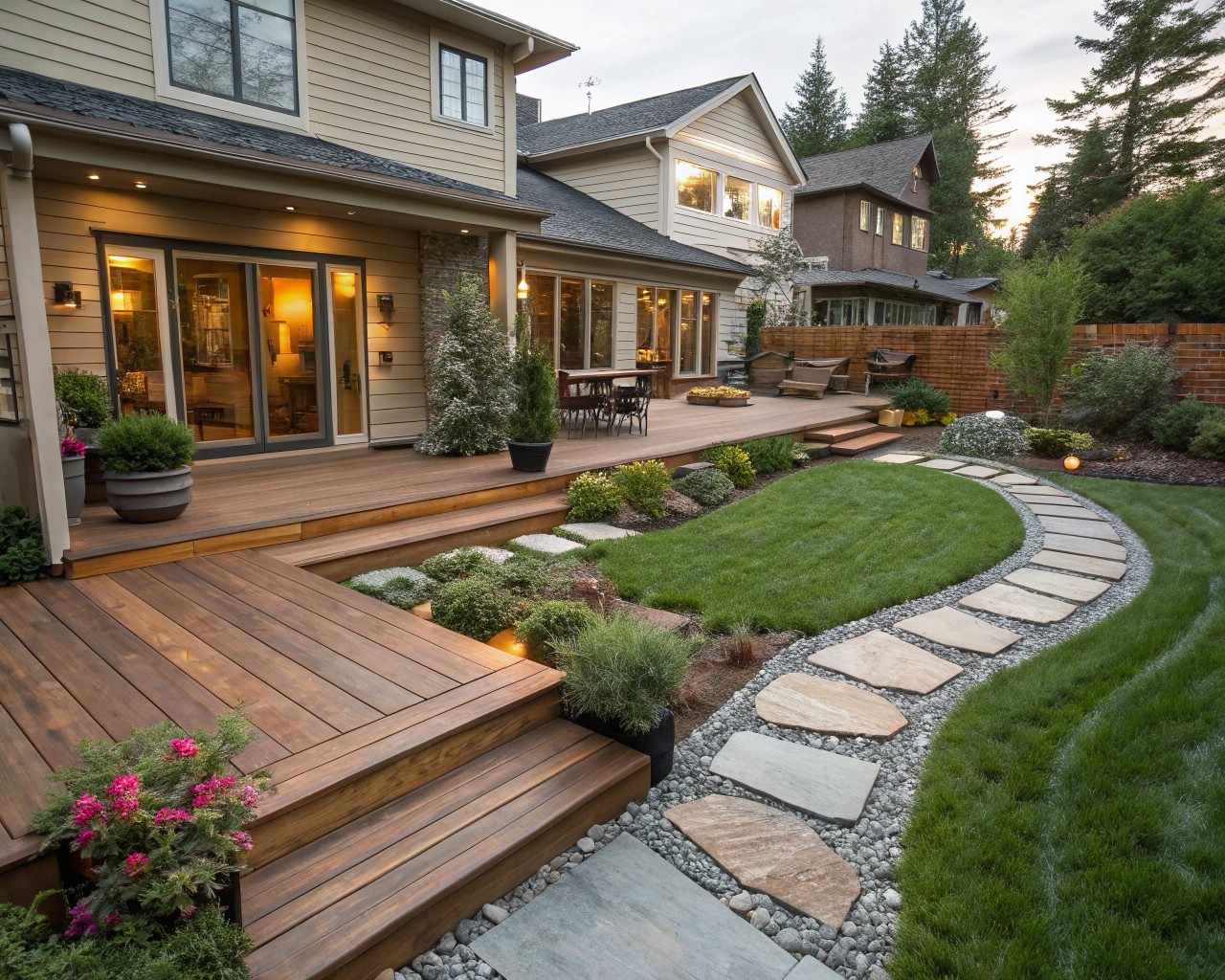
Some of my most successful projects combine multiple surface types. For a family in Surrey, we created a multi-level outdoor living space featuring:
- Curved composite decking for dining areas
- Natural grass for play spaces
- Self-binding gravel pathways connecting different zones
The integration of materials created visual interest while providing appropriate surfaces for different activities.
Climate-Specific Considerations
You must tailor your surface choices to your local climate:
- Hot, sunny climates: Prioritize heat-resistant surfaces like CoolDeck composites or light-colored materials
- Wet climates: Choose materials with good drainage and slip resistance
- Freeze/thaw areas: Select surfaces that can withstand expansion and contraction
Shade Integration
We can’t discuss barefoot-friendly surfaces without addressing shade. No matter how cool a surface claims to be, direct sunlight will eventually heat it up. Strategic shade integration can include:
- Pergolas or shade sails over primary walking areas
- Strategic tree placement for natural cooling
- Retractable awnings over decking spaces
Maintenance Tips for Barefoot-Friendly Surfaces
Maintaining barefoot comfort requires seasonal attention:
Spring Preparation
- Remove debris accumulated over winter
- Inspect for damage from freeze/thaw cycles
- Clean all surfaces thoroughly
- Apply protective treatments as needed
Summer Care
- Rinse decking regularly to prevent heat build-up from dirt
- Water grass appropriately to maintain softness
- Check for and remove any sharp objects or debris
- Replenish bark or gravel areas as needed
Fall/Winter Preparation
- Remove fallen leaves promptly to prevent slippery conditions
- Apply appropriate winter protectants to wood or composite surfaces
- Cover furniture to prevent staining on surfaces
Finding Your Perfect Barefoot Surface
In my experience, there’s no one-size-fits-all solution for barefoot-friendly surfaces. You’ll need to consider:
- Your local climate and sun exposure
- Your lifestyle and how you use outdoor spaces
- Your aesthetic preferences
- Your maintenance tolerance
- Your budget constraints
We’ve found that many clients benefit from combining multiple surface types—perhaps a cool composite deck for dining areas, natural grass for play spaces, and modified wood for accent features.
The most important consideration? Choose surfaces that encourage you to kick off your shoes and enjoy your outdoor space the way nature intended—barefoot and comfortable.
“The best barefoot surface is the one that makes you forget you’re barefoot at all.” This simple insight from a client perfectly captures what we’re aiming for in barefoot-friendly design.
Creating comfortable outdoor surfaces isn’t just about materials—it’s about creating opportunities for people to connect with their outdoor spaces in the most natural way possible.

